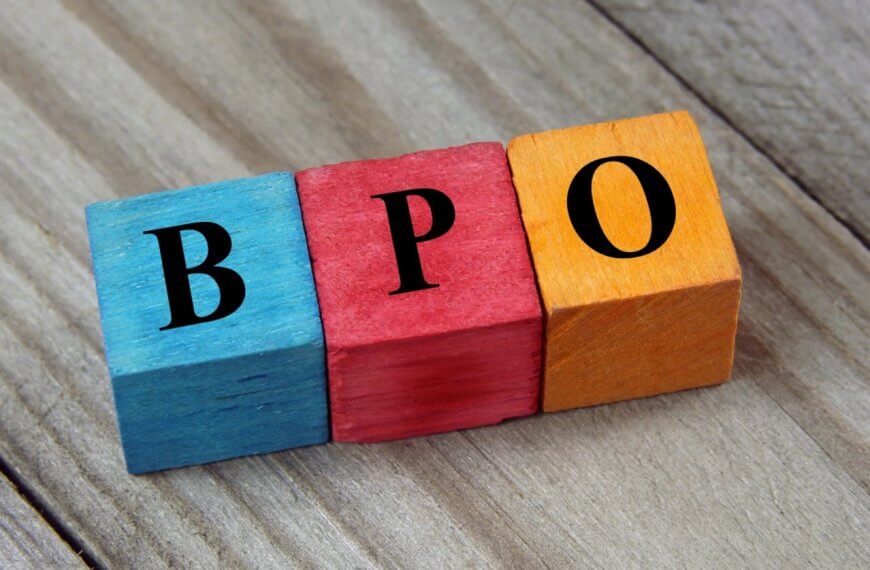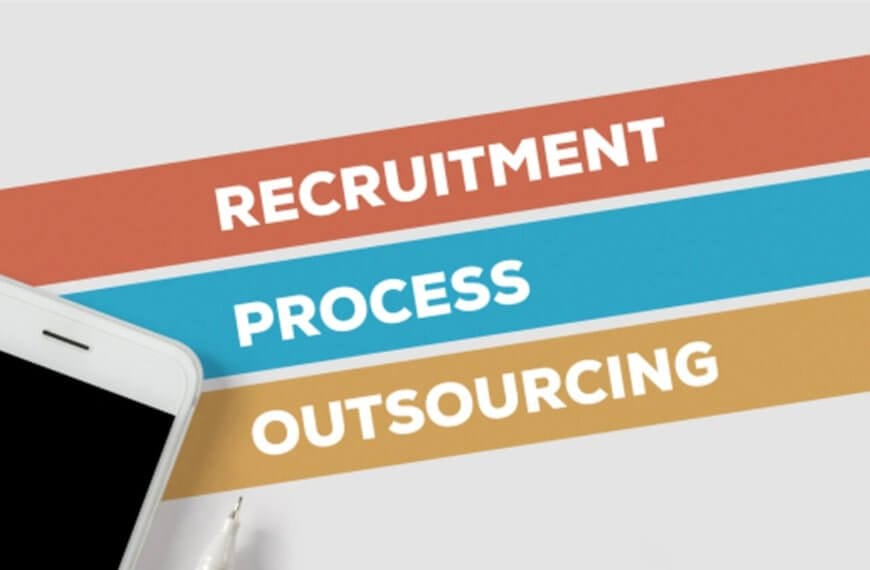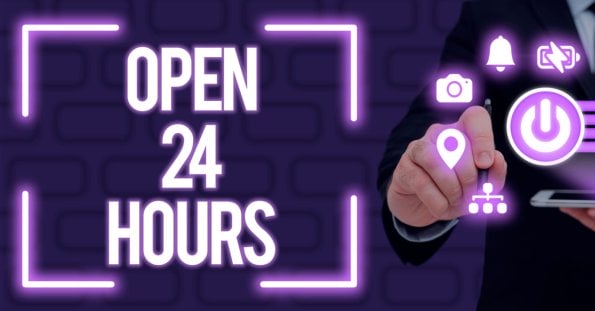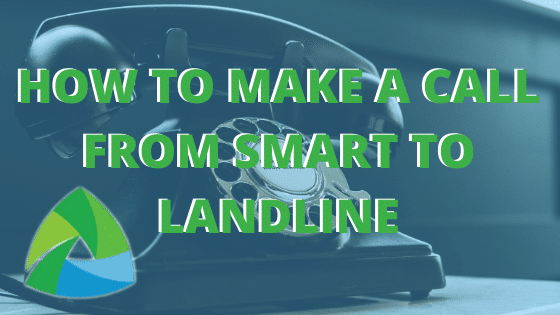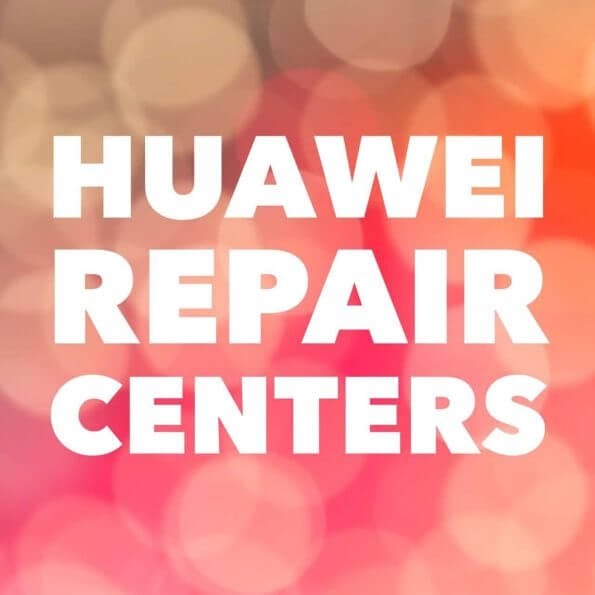Hey there, fellow digital nomad! So you’ve decided to explore the beautiful Philippines while working remotely, huh? That’s awesome! But let’s face it, staying connected to the internet is crucial to keep up with work and stay in touch with friends and family back home. Luckily, we’ve got you covered. In this section, we’ll be sharing some handy tips for getting the best internet connection in the Philippines. We’ll discuss choosing a mobile data plan, using pocket Wi-Fi devices, and even scouting out locations with better connectivity. Ready to stay connected while enjoying the tropical paradise? Let’s dive in!
Internet Providers, Reliability and Top Speeds
Hey there! So you’re looking for more options in the Philippines’ internet landscape? Sure thing! The country offers a variety of internet service providers (ISPs) to choose from. Here’s a table featuring the top 10 ISPs, comparing their reliability and top speeds:
| Internet Service Provider | Reliability | Top Speed (Mbps) |
|---|---|---|
| PLDT | High | Up to 3000 |
| Globe Telecom | High | Up to 1000 |
| Converge ICT | High | Up to 800 |
| Sky Broadband | Medium | Up to 200 |
| Smart Communications | Medium | Up to 200 |
| Eastern Communications | Medium | Up to 100 |
| RISE Network | Medium | Up to 100 |
| InfiniVAN | Medium | Up to 100 |
| Streamtech | Medium | Up to 50 |
| Radius Telecoms | Medium | Up to 50 |
Please keep in mind that these figures are based on the providers’ advertised speeds, and actual performance may vary depending on factors like location, chosen plan, and other variables. To make an informed decision, it’s always a good idea to seek advice from locals. Location plays a big factor as the Philppines is made up of more than 7600++ islands and connectivity isn’t always physically available.
Serviced Offices, Rates and Opening Hours
Hey there! If you’re looking for serviced offices in Manila to set up your temporary workspace, you’re in luck! The city offers a variety of options to choose from. Here’s a table featuring the top 10 serviced offices, comparing their opening hours, top internet speeds, and daily rate for usage:
| Serviced Office | Opening Hours | Top Internet Speed (Mbps) | Daily Rate (PHP) |
|---|---|---|---|
| Regus | 24/7 | Up to 100 | 1,500 |
| WeWork | 24/7 (members only) | Up to 100 | 1,800 |
| KMC Solutions | 24/7 | Up to 100 | 1,500 |
| Clock In (Ayala Land) | 8AM – 6PM, M-F | Up to 50 | 1,200 |
| The Office Project | 9AM – 6PM, M-F | Up to 50 | 1,000 |
| ASPACE | 9AM – 6PM, M-F | Up to 50 | 1,200 |
| Acceler8 | 9AM – 7PM, M-F | Up to 50 | 1,200 |
| Builtable Coworking | 9AM – 6PM, M-F | Up to 50 | 900 |
| Green Sun – The Hotel | 8AM – 5PM, M-F | Up to 50 | 1,000 |
| The Company | 9AM – 6PM, M-F | Up to 50 | 1,000 |
Please note that these figures may change over time, so it’s always a good idea to check with the serviced office directly for the most up-to-date information. Happy coworking in Manila!
Non-Trad ways to Connect to the Internet available in the Philippines
- Community Wi-Fi: In some neighborhoods, you might find community Wi-Fi initiatives, where locals share their internet connections with others in the area. Keep an eye out for these connections, but always remember to use a VPN for added security when connecting to public networks.
- Free Wi-Fi in malls and restaurants: Many malls, coffee shops, and restaurants offer free Wi-Fi to their customers. Just grab a snack or a drink, and you can enjoy browsing the internet while you relax.
- Local SIM cards with data packages: If you’re going to stay in the Philippines for a while, consider getting a local SIM card with a data package from providers like Smart, Globe, or Sun. These often provide cheaper and more flexible data plans compared to international roaming.
- Satellite internet: For those in more remote areas of the Philippines, satellite internet might be the best option. While it can be pricey and slower than other options, it’s still a reliable way to stay connected, especially when other alternatives are not available.
Starlink now available in the Philippines
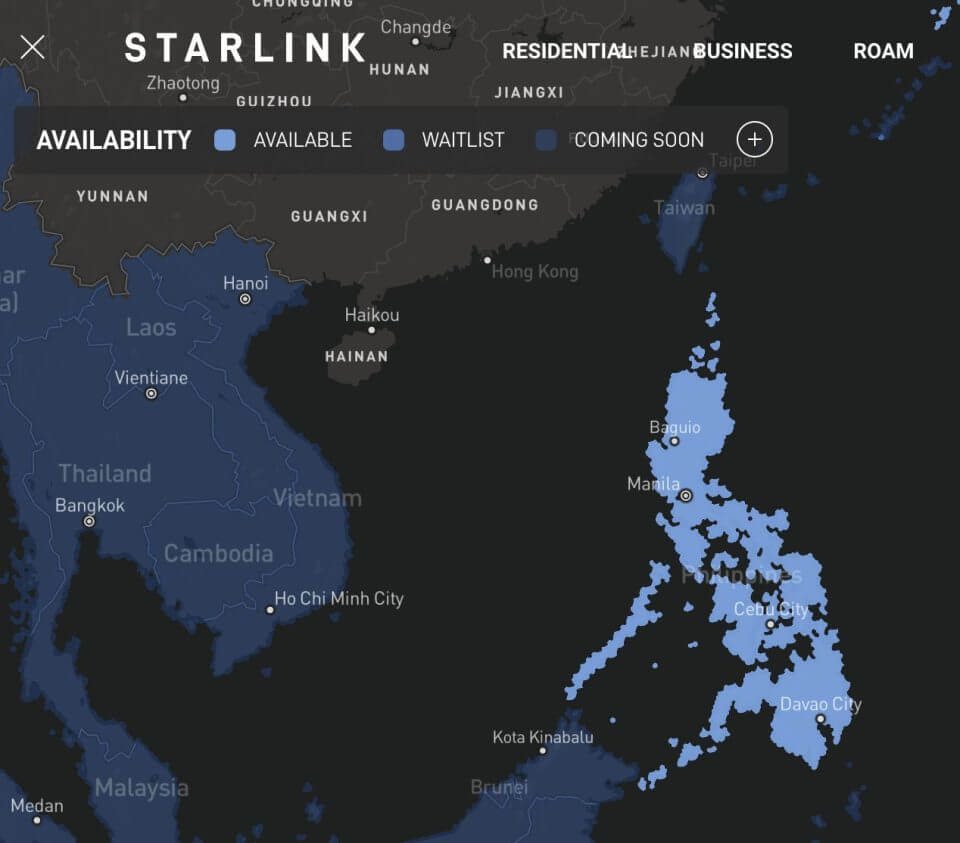
Mobile Internet as a solution to Internet connectivity in the Philippines
Download the Speedtest App on google play or Apple App Store and check the MAP feature to show you the mobile connectivity all over the Philippines. We split it below to show you a clearer breakdown of Luzon, Visayas and Mindanao.
If you see the map below, you see that the entire Philippines is covered with mobile internet signal, you just really need to find a way to get the best signal at your location, using an external Antenna is an option. Doing ground signal testing can help before you find you island of choice. There are plenty “boosting” options on shopping sites like Lazada.
RED – NO SIGNAL
YELLOW – 2G / 3G SIGNAL
LIGHT GREEN – LTE SIGNAL
BLUE – 5G SIGNAL
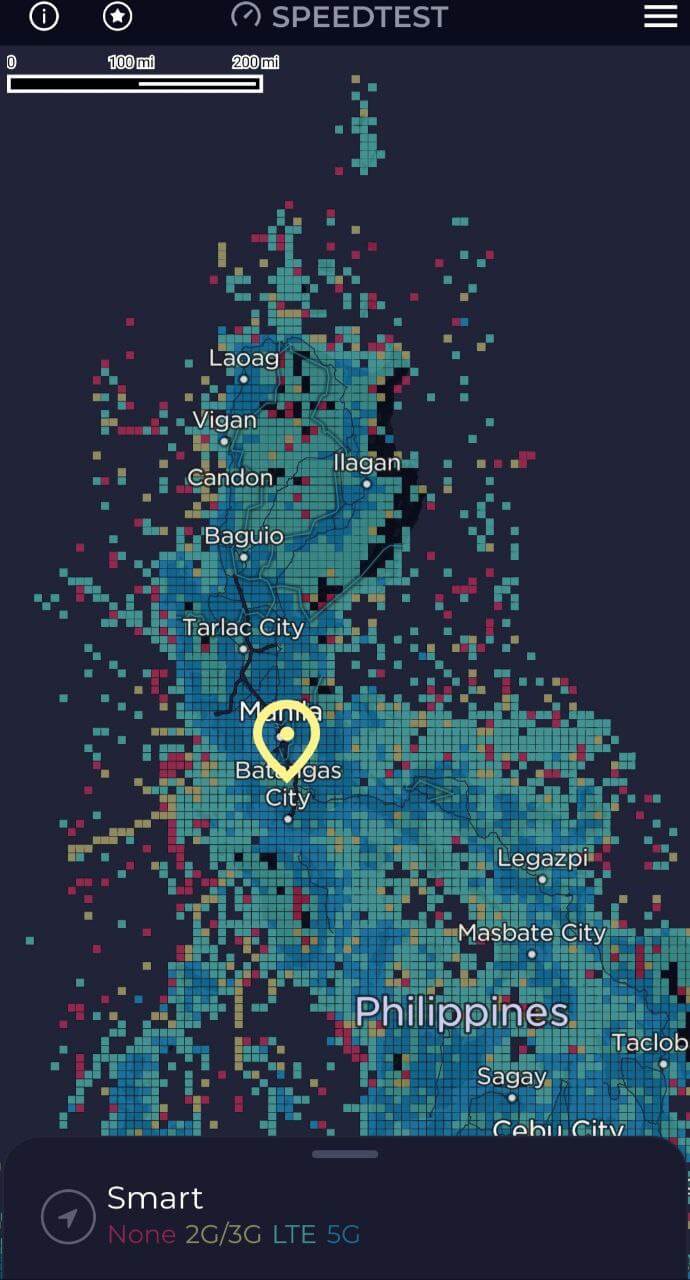
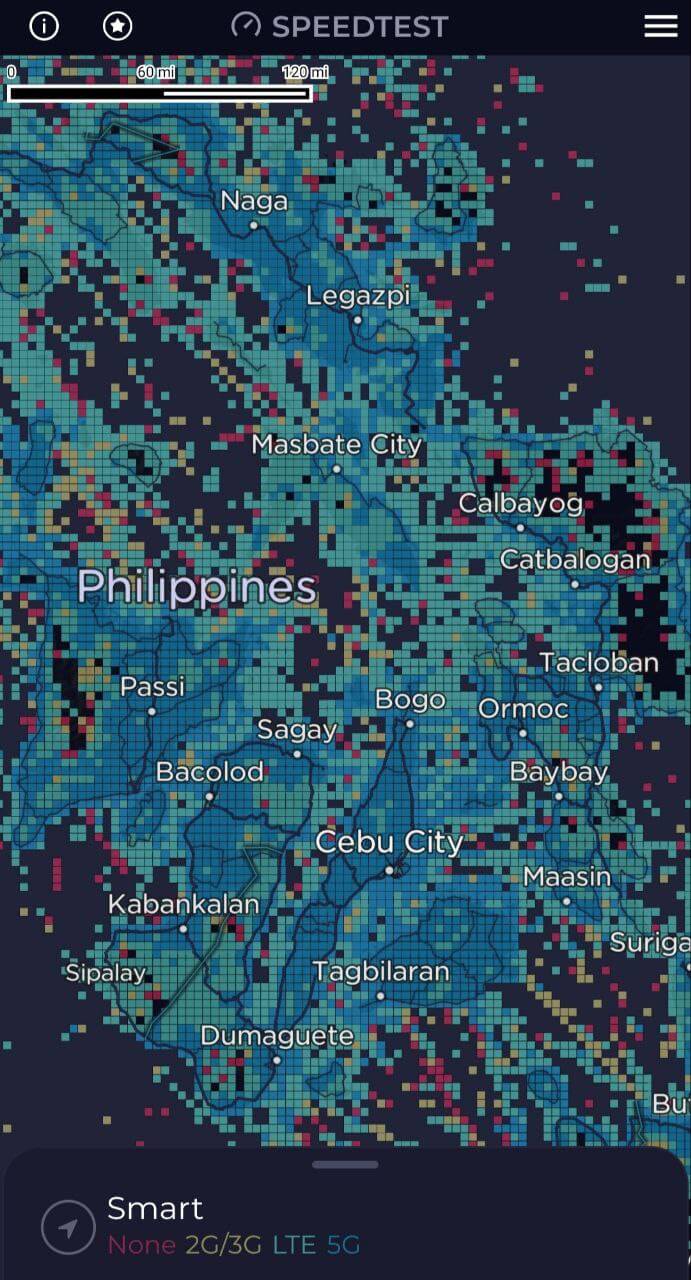
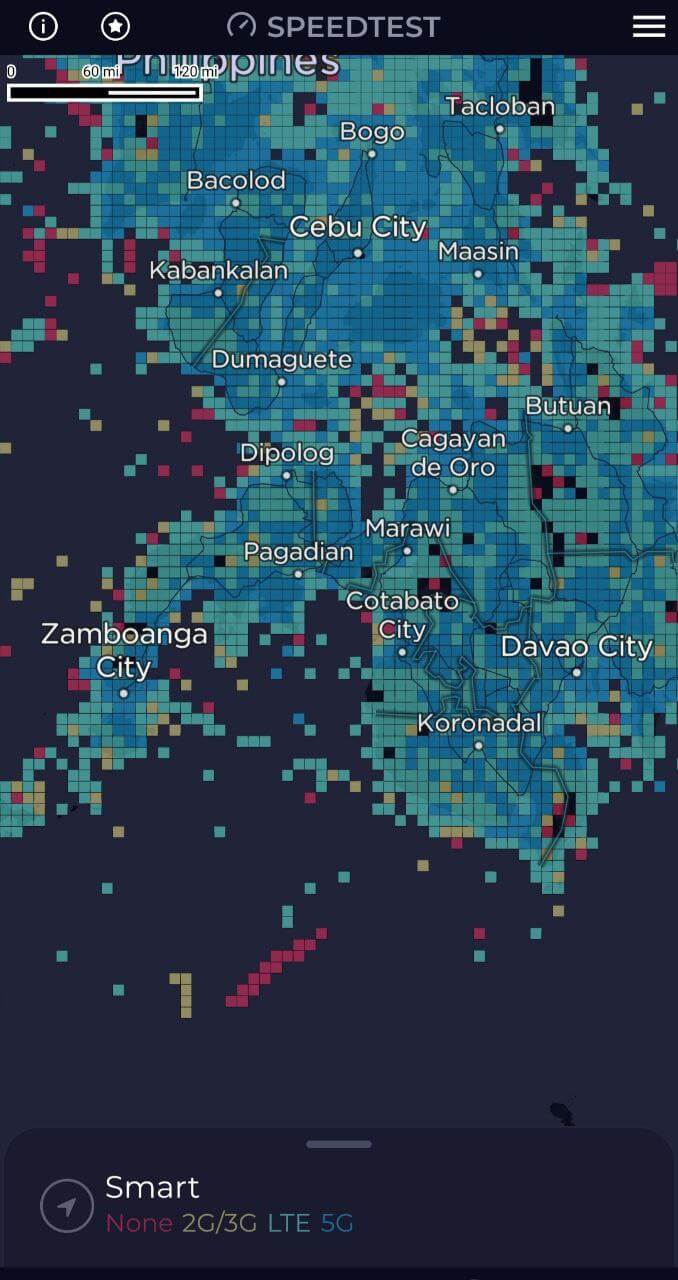
Another Internet Bandwidth Test done locally by Project Bass
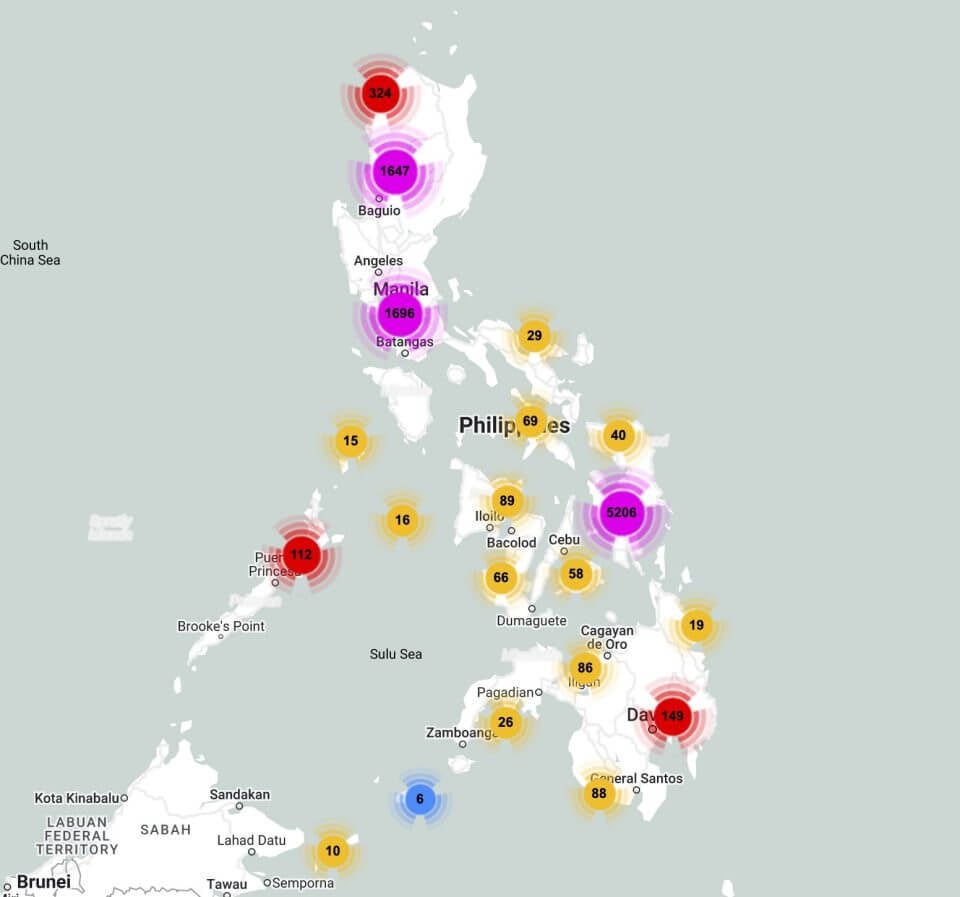
Project Bass goal is to map the internet quality in the Philippines and they are doing a great job doing this all over the country. See the Map to the left. If you want to get a breakdown by cities and location – Check here
BASS PH – Bandwidth and Signal Strength is a mobile app designed by volunteers for volunteers to crowdsource location-based bandwidth and signal strength measurements of their carrier of choice to compile actionable data that will used to improve the state of local internet quality in the Philippines.
Consider Phone and Pocket Wifi Models
Check the Engine!
To get the best speed, you need the best modems, to get the best modems, you need to get the best phones your budget can afford, whether it be a high end LTE phone or a starter 5G phone. You need to understand the modems have limitations of speed and it is in the best interest of the TELCOs that access to bandwidth hog phones are limited.
To give you a better insight of phone modem speeds. Here’s a table of some popular modem chips and the phone models they’re found on:
| Brand | Max Speed | Phone Models |
|---|---|---|
| Qualcomm | 7.5 Gbps | Samsung Galaxy S21, OnePlus 9, Xiaomi Mi 11, Xiaomi 13 |
| MediaTek | 4.7 Gbps | Realme GT, Oppo Find X3 Pro, Xiaomi Redmi Note 12 |
| Samsung | 7.5 Gbps | Samsung Galaxy S21, Note 20, A52 |
| Intel | 1.6 Gbps | Asus Zenfone 8, LG Velvet 2 Pro |
| Huawei HiSilicon | 2.3 Gbps | Huawei P40, Mate 30 Pro |
As you can see, Qualcomm and Samsung both offer modem chips that are capable of very high speeds, up to 7.5 Gbps. MediaTek chips are also quite popular and can reach speeds of up to 4.7 Gbps. Intel’s modem chips are a bit slower but are still a good option for some phones, while Huawei HiSilicon is popular in Chinese smartphones.
Of course, the specific modem chip used in a phone is just one factor to consider when choosing a device. Other factors like the operating system, camera quality, battery life, and overall design are also important to think about. But hopefully, this table will help you compare some of the top modem chips on the market and find a phone that meets your needs.
Mobile Internet Starter Pack in the Philippines
We talked about Smart Rocket Sim and it was only P499 back then, now selling for Php 199 and P699 for the unlidata! This is not an endorsement (have no connection to smart) but I have tested smart all over the Philippines and it may not be as consistent as we want but there are hacks to get better signal and speed and this is what we are discussing on this post.


Find a Good Spot! Location, location, location
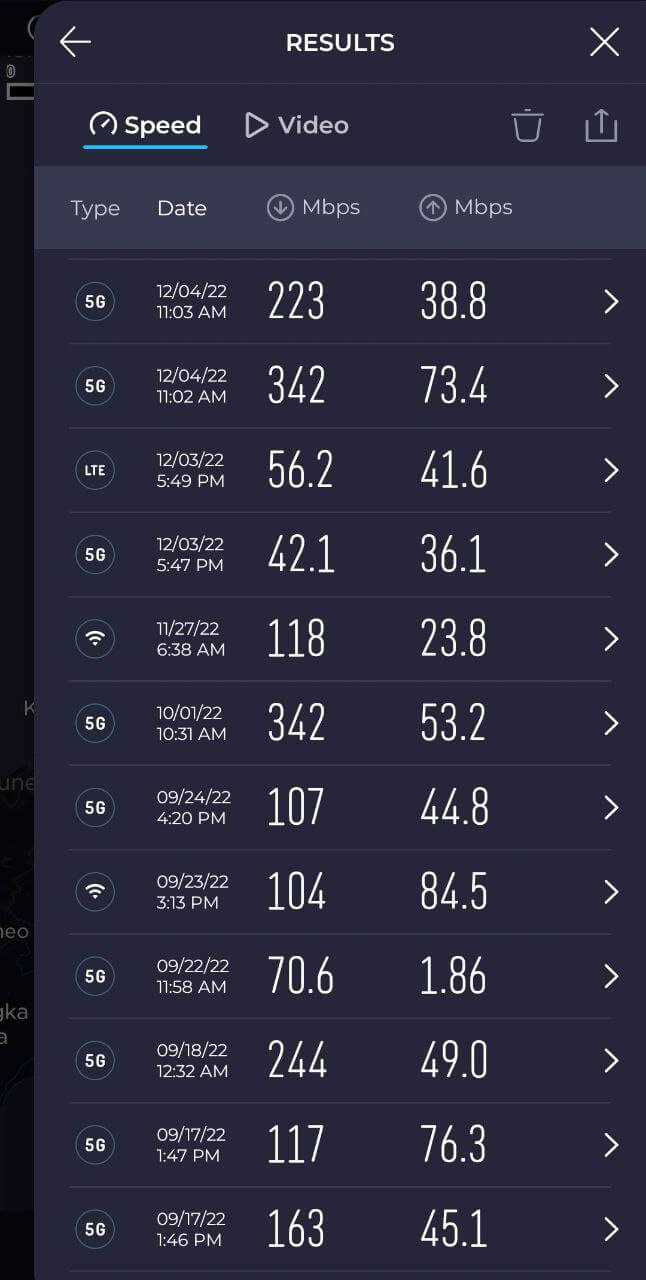
Top 10 tips to speed up your mobile internet in the Philippines
There are other ways to speed up and maintain good internet speeds, you just need to be conscious that your tech supports the local tech at the mobile tower. The farther you go away from the City, the less competition you have on the higher scale bandwidth as newer tech and phones can capture better signals and speed.
Here are Top tips to speed up your mobile internet
- Choose the right mobile network: In the Philippines, there are several mobile networks to choose from. Do some research and find out which network offers the best coverage and speed in your area. You might also want to consider a network that offers competitive data packages to save money.
- Update your device: Make sure your device is up-to-date with the latest software and firmware. Updates often include performance improvements that can help speed up your mobile internet connection.
- Use a faster browser: Some mobile browsers are faster than others. Consider using browsers like Google Chrome or Mozilla Firefox, which are known for their fast browsing speeds and data-saving features.
- Disable background apps: Background apps can use up valuable data and slow down your internet speed. Go to your device settings and disable any apps running in the background that you don’t need, especially when browsing the internet.
- Use Wi-Fi whenever possible: Using Wi-Fi instead of your mobile data can save you money and provide a faster internet connection. Make sure to connect to secure Wi-Fi networks and avoid using public Wi-Fi for sensitive tasks.
- Clear cache and browsing history: Your browser’s cache and browsing history can slow down your browsing experience. Periodically clear them to ensure that your browser runs at its best.
- Limit data usage for specific apps: Some apps consume more data than others. Go to your device settings and limit the data usage for apps that you don’t need to be constantly connected to the internet.
- Optimize your device’s settings: Depending on your device, there might be settings that can help improve your mobile internet speed. For example, enabling “data saver” or “lite mode” on your browser can help reduce data usage and potentially speed up browsing.
- Invest in a signal booster: If you live in an area with poor network coverage, consider investing in a signal booster. These devices can help improve your mobile internet connection by amplifying the signal from your network provider.
- Be mindful of network congestion: During peak hours, mobile networks can become congested, leading to slower internet speeds. If possible, try to avoid using data-intensive apps or downloading large files during these times.
Remember, mobile internet speed can be influenced by many factors, including your location, network provider, and device. Following these tips should help you get the most out of your mobile internet experience in the Philippines. Enjoy browsing!
To Answer the question, is it possible to live of mobile internet travelling around the Philippines? Answer is YES! I used to be a Travel Photographer and use mobile internet to submit Photos to Magazines in Singapore and Manila when I travel. You just need the right gear to work properly.
More questions? Drop me a line.



